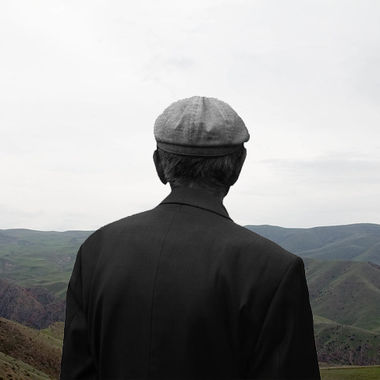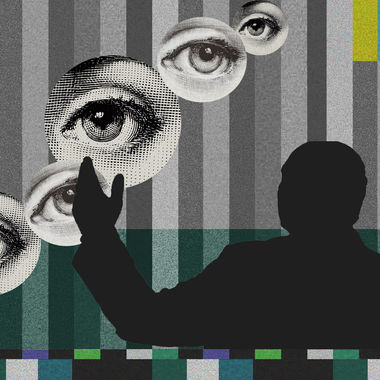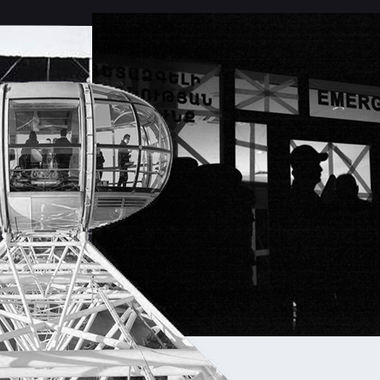Thu Dec 17 2020 · 7 min read
International Human Rights Organizations and Victim-Blaming
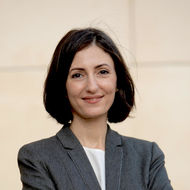
By Karena Avedissian
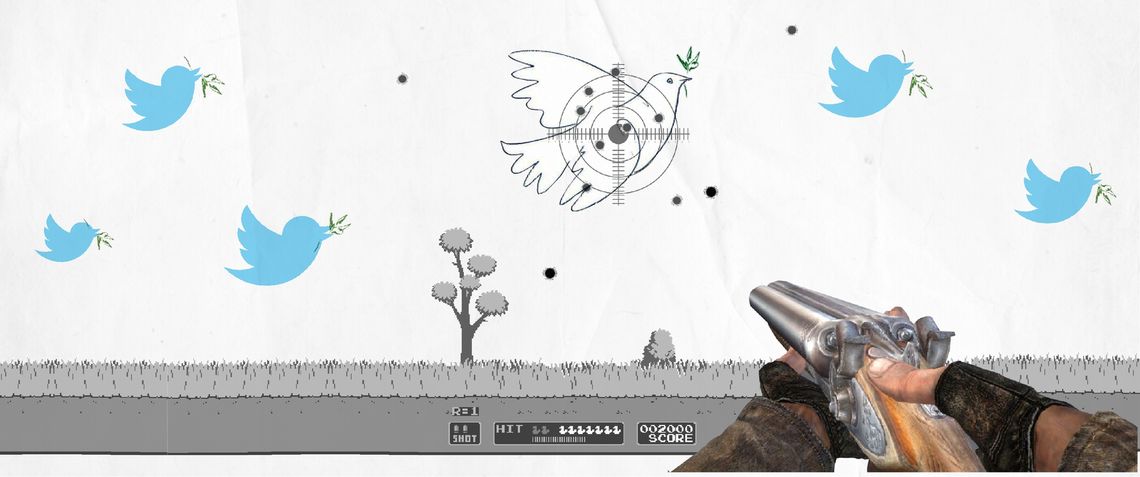
On the morning of December 8, I woke up to the horror and disgust of Armenians online. Seeing tweets relaying messages like “don’t look at the video,” I tried to ascertain what was happening, while also trying to shield myself from something that clearly seemed traumatizing. Like everyone else, I eventually learned that Azerbaijani soldiers had uploaded yet another gruesome video they had taken as they beheaded an elderly Armenian civilian man who begged for his life. This video was not “leaked” but published, like all the other videos with similar war crimes and acts of violence against Armenians.
Armenians online have been trying to make clear the genocidal intent in this war. From the globally coordinated anti-Armenian campaign, which included numerous hate crimes in the summer, to the fact that, as the war commenced, Azerbaijan deliberately targeted hospitals, schools (including schools in Armenia proper) and churches, and the fact that Azerbaijan used white phosphorus on Artsakh’s forests, Armenians have been highlighting the context behind the aggression of the war for the world through social media.
When many Armenians turned to respected international human rights defending organizations to help shed light on this dynamic, the result was frightening not just for them, but for the state of human rights internationally. Armenians on Twitter had been tagging Amnesty International and Human Rights Watch extensively throughout the war, highlighting the war crimes that were being committed by the Azerbaijani side. The point was not to get these organizations to ignore crimes perpetrated by Armenians, but to truthfully reflect the important distinction that the crimes were much more systematic and pervasive on the Azerbaijani side, suggesting tacit state approval.
The reaction from the international human rights community has been largely nonexistent, careless or equivocal in terms of the distinction between aggressor vs. defender. On December 2, Human Rights Watch published their first press release on the atrocities, which disappointingly characterized the beheading, execution and mutilation of both dead and living Armenians as “mistreatment.” The report also failed to mention many of the victims were civilians. Moreover, of Human Rights Watch’s three reports on unlawful strikes during the war, two described strikes on Nagorno-Karabakh as “apparently indiscriminate” while one described strikes on Azerbaijan as “unlawfully indiscriminate,” revealing a clear bias in terms of the legal toleration of civilian casualties depending on where they are from. Encouragingly, however, Human Rights Watch finally released a report on December 16 that framed the attack on Shushi’s Ghazanchetsots Cathedral as a possible war crime.
Amnesty International fared worse. Amnesty’s Senior Crisis Adviser Donatella Rovera, whose remit is war crimes and human rights abuses, posted tweets that were disconcerting given the events unfolding at the time. Already in October, videos and reports of executions of Armenian civilians and POWs by Azerbaijani troops began appearing online. After the ceasefire, however, these videos began surfacing in much greater numbers. Given that many Armenian families were and still are waiting on news from their missing loved ones in the war, or waiting to identify bodies, the work to stop the abuse of Armenian POWs took on great urgency. This was clearly not a priority for Amnesty, however, at least judging by their representatives’ behavior online.
On December 3, Rovera made a series of tweets about Azerbaijani civilians killed in strikes from the Armenian side during the war. Why she focused on the several Armenian missile strikes on the Azerbaijani cities of Ganja and Barda, while not commenting on the bombing of Artsakh’s cities of Stepanakert, Martuni, Martakert, Hadrut and Shushi, which were targeted first and in far greater volume, is unclear. Artsakh’s capital Stepanakert alone was bombed dozens of times a day for 44 days.
On December 8, the same day the beheading video of the elderly Armenian civilian was published, Rovera retweeted tweets she had made the week prior about Azerbaijani graves damaged and houses in Kelbajar “stripped,” both purportedly by Armenians 30 years ago. Cultural damage and erasure indeed deserve condemnation – but when highlighting crimes like stripping tiles off a house 30 years ago while people are being mutilated and executed right now is inconceivable for a human rights professional.
When Rovera finally addressed the beheading, it was in the form of a tweet on December 8, in which she posted a screenshot of the man being beheaded, with no content or trigger warning, and wrote, “At @amnesty International we have been investigating #WarCrimes & other abuses by ALL parties in the #Azerbaijan #Armenia conflict - as we always do, including murders of captives shown on social media videos. We will publish the findings of our investigations in the coming days.” Thus, she managed to further traumatize Armenians online with the image, failed to even say what the image was of, and managed to equivocate the war crime dynamic, failing to distinguish between isolated incidents of atrocities and a more systematic, state-approved, if not encouraged, practice.
Two days later, on December 10, the victory parade in Baku took place. The world was treated to images of Azerbaijani soldiers lined up, holding small signs spelling out E-r-m-ə-n-i-s-t-a-n (Armenia in Azerbaijani Turkish) and then breaking them with their heads one by one as a small crowd applauded. At the parade, guest of honor Turkish President Recep Tayyip Erdogan praised Enver Pasha, one of the masterminds of the Armenian Genocide, and Nuri Pasha, Enver’s brother, whose forces occupied Baku in 1918 and massacred Armenians. During his speech, Azerbaijani President Ilham Aliyev made claims to Armenia’s capital and regions, saying Zangezur [Syunik], Goycha [Gegharkunik] and Iravan [Yerevan] districts are our historic lands.”
It is unfathomable to think that Armenians have been begging the world to recognize the genocidal nature of Azerbaijan’s and Turkey’s violence to no avail, all for Erdogan and Aliyev to stand in front of the world and openly demonstrate it.
Amnesty International published their disappointing report on the war crimes on the same day as the parade. For the report, they selected what they called a “representative sample” of 22 videos. Yet somehow, most of the analyzed videos were from the Armenian side. Anyone with access to the Internet, and especially Telegram, where these videos are first published, knows that the overwhelming majority of such videos come from the Azerbaijani side. After readers pointed this out, Brian Castner of Amnesty’s Crisis Team responded that their methodology focused on three “trends” they identified in the war crimes overall: executions, abuse of POWs and the desecration of the dead. This choice of methodology, not representative of anything but arbitrary categories selected by the Amnesty research staff, fails to make the distinction between isolated incidents and a more systematic state policy – something even a minimally rigorous study would do.
In this way, the international human rights industry can be argued to be actively rewarding dictators Aliyev and Erdogan with equivocal obfuscation of their crimes. Thus, human rights defenders gloss over the fact that Armenian civilians are under threat of ethnic cleansing right now, even as Baku and Ankara are themselves open about this fact. These defenders respond, often with condescension, that they are obligated to investigate “both sides,” as if people are asking them to take a side. When people publicly point this out, regional analysts and journalists who should know better dismiss these grievances as irrational concerns of nationalists or “score-keeping partisans.” They do this because they cannot distinguish legitimate critiques and grievances of conationals of those involved in the conflict from what they read as a primitive and irrational tribalism.
This dynamic is neocolonial, but more refined than the older, but still prevailing oriental attitudes. It is done in subtler language – a language of “neutrality” which, in this context, is anything but objective. But it is still designed to keep us in our place. Why do we need to prove genocidal intent, when it is there in the open? We have to say enough, and this needs to be done in a systematic and sustained way. Armenian and other scholars need to play their part in unpacking and revealing these tendencies. We, as a people, give these figures and institutions their legitimacy, and we can take it away.
By all means, we should talk about war crimes on all sides. But there is no excuse to not see the difference between the violence that comes from a position of ethnic hatred and genocide, and the violence that comes from a position of defense of the right to exist. Failure to make that distinction is inexcusable. The depth and the intensity of armenophobic sentiment, clearly tacitly approved, if not encouraged by the Azerbaijani state, cannot be denied or ignored.
While Azerbaijan has finally arrested four individual soldiers responsible for atrocities, the move is a weak and transparently disingenuous face-saving measure. The state-sponsored dehumanization of Armenians, there for all to see, is the logical precedent for the beheading of the elderly man that traumatized us. Not four individual bad apples. There is unsurprisingly little faith on the Armenian side that the crimes committed against them will be duly investigated or the perpetrators held accountable. The state machine that created them still churns on.
also read
Remedial Rights in International Law and Their Relevance to Artsakh
By Sossi Tatikyan
In light of the existential threat, high probability of ethnic cleansing and the already imminent humanitarian crisis in Artsakh, the international community has an obligation to grant remedial recognition to Artsakh.
Belarus Was Sanctioned, Why Not Azerbaijan?
By Harout Manougian
Western countries imposed sanctions on Belarus’ Aleksandr Lukashenko for cracking down on democracy and attacking civilians. Ilham Aliyev has actually been more brutal but has not been penalized.
Turkish, Western Self-interest Behind Artsakh Bloodshed
By Ave Tavoukjian
As the hordes mass at Armenia’s gates, the U.S. and Europe, the supposed guardians of peace and justice, remain reluctant to intervene to halt the violence due to self-interest and capitulation to Turkish blackmail.
Consistent Passive Aggression and Realpolitik
By James Derounian
Throughout the 2020 Artsakh War, the UK Government was mostly impotent, writes James Derounian. It instead has and continues to provide blind, sometimes tacit, support for Turkey directly and its ally Azerbaijan indirectly.
People of War: Living With the Aftershocks
By Gohar Abrahamyan
Faced with loss and uncertainty, the Armenians of Artsakh are trying to come to grips with the defeat following the war and finding a way to pick up the pieces of their shattered lives.

